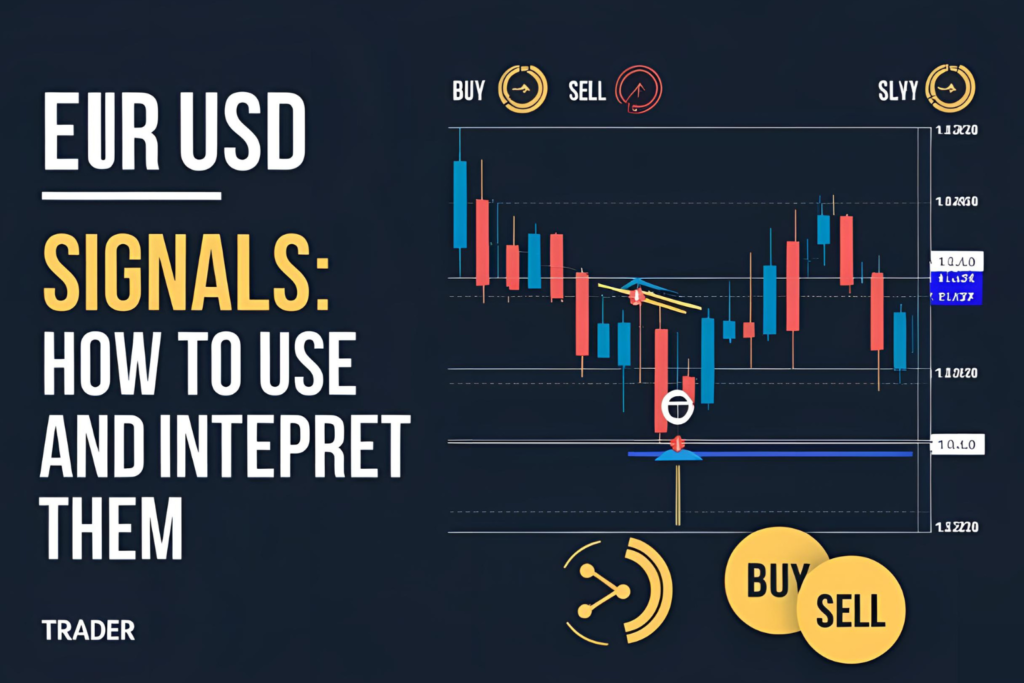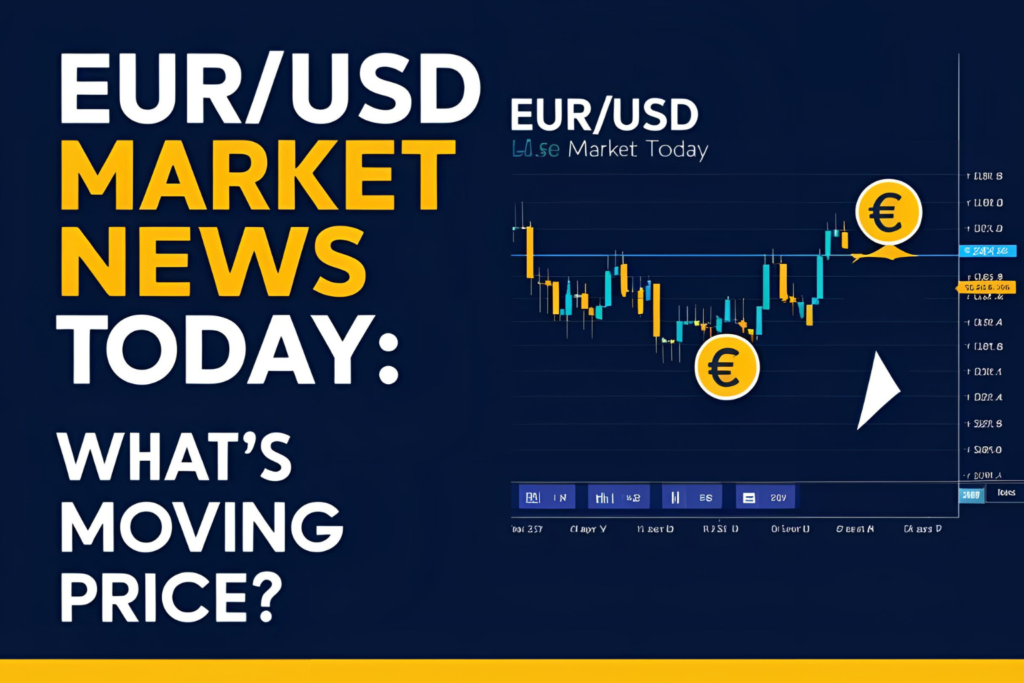Each new trading week brings fresh opportunities—and potential risks—for EUR/USD traders. A weekly forecast helps prepare for what’s ahead by analyzing the previous week’s market behavior and highlighting upcoming catalysts that could influence the pair.
In this guide, you’ll get a EUR/USD weekly forecast based on technical trends, economic events, and market sentiment.
Recap of Last Week’s EUR/USD Performance
Before looking forward, it’s useful to review what happened in the previous week. Key factors that often influence the pair include:
- ECB or Fed policy statements
- Inflation or labor market data
- Geopolitical developments or risk sentiment shifts
- Technical price reactions at support/resistance levels
Check for:
- Was the trend bullish, bearish, or sideways?
- Did EUR/USD test or break any major levels?
- How did the pair respond to economic reports?
This analysis sets the context for the week ahead.
Key Technical Levels for the Week Ahead
Use higher timeframes like daily and 4-hour charts to identify:
- Support Zones: 1.0650 – 1.0700
- Resistance Zones: 1.0800 – 1.0850
- Pivot Level to Watch: Around 1.0750
Look for bullish continuation above resistance, or breakdowns below support, as potential triggers for trades.
Upcoming Economic Events to Watch
This week’s EUR/USD moves could be affected by:
- Eurozone CPI or GDP releases
- US Non-Farm Payroll (NFP) or CPI
- ECB or Federal Reserve speeches
- Bond yields and interest rate expectations
Check the economic calendar at the start of each week and mark high-impact events.
Sentiment Outlook
Retail sentiment, futures positioning, and trader surveys can give clues about crowd behavior. For example:
- Excessive long positioning could lead to a pullback
- Hawkish Fed talk may support the USD, weakening EUR/USD
- Bullish Eurozone data could reverse recent downtrends
Use sentiment as a secondary factor—technical and fundamental signals should come first.
Weekly Trade Planning Tips
- Wait for the Monday price range to form before entering trades
- Use the daily chart to plan direction, and 1H or 4H to time entries
- Avoid trading right before major news releases
- Journal setups each week to improve consistency
Planning ahead gives you structure and confidence throughout the trading week.
Frequently Asked Questions (FAQs)
1. How accurate are EUR/USD weekly forecasts?
Forecasts are based on available data and probabilities, not guarantees. Use them as guides, not signals.
2. What’s the best day to enter trades during the week?
Tuesday through Thursday generally offer the best price movement and lowest spreads.
3. Should I trade on Monday?
Monday is usually a setup day with low volume. It’s best used for analysis and planning.
4. Can I base trades only on the weekly forecast?
No. Always confirm with live charts, indicators, and real-time news before taking a position.
5. How do I update my forecast during the week?
Reassess after major news events or price breakouts. Be flexible and adjust your bias accordingly.


